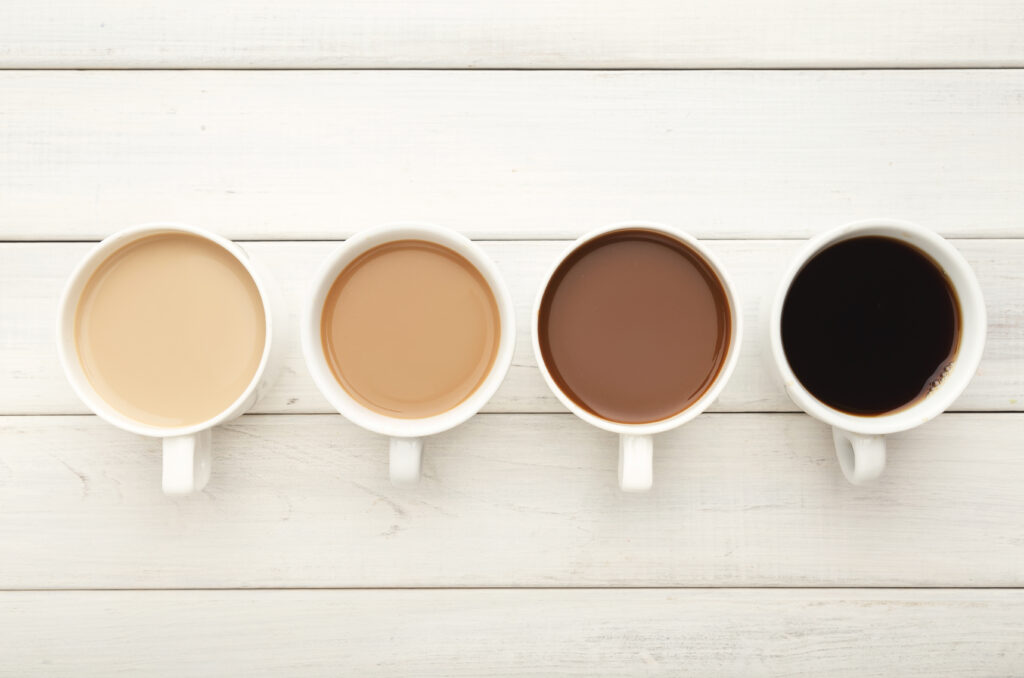
National Coffee Day!
Wake up! September 29th is National Coffee Day and we’re celebrating! Coffee has a surprisingly long history, and in honor of the holiday we’re looking to uncover all of the mysteries surrounding this beloved bean. We did some research and discovered some interesting information that you may not have known before.
It is said that coffee was first discovered by a goat herder named Kaldi. Kaldi noticed that his goats would become energetic and not sleep at night after they ate the berries from a certain tree. He was curious, and he brought his realization to the abbot of the local monastery. The abbot made himself a drink with these berries and found that it was helpful in keeping him alert during evening prayer. The abbot shared his discovery amongst the other monks, and word of these berries moved east to the Arabian Peninsula.
Coffee cultivation and trade began on the Arabian Peninsula, where coffee was regularly enjoyed in homes, and the first coffee houses were created. These early coffee houses became important places to catch up on conversation and current music and news. They began to appear all over cities in the Near East where they were called “qahveh khaneh.” They became an essential spot for the spread of information, and because of this they were known as “Schools of the Wise.”
Europeans who would travel to the Near East would return home with stories of this magical drink, and eventually coffee made its way to Europe. At first, coffee was met with backlash in these European countries being called the “bitter invention of Satan,” and becoming condemned by the local clergy. However, Pope Clement VIII intervened, tasting the drink himself and finding it so satisfying he lifted the ban. Eventually, these same coffee houses became a common theme throughout countries like England, Austria, France, Germany, and Holland. Coffee replaced the popular breakfast drinks at the time, beer and wine, and became a new European morning staple.
But how did coffee make its way to the Americas? Great question! In 1714, the Mayor of Amsterdam presented a coffee plant as a gift to King Louis XIV of France. The King had the young plant grown in the Royal Botanical Gardens in Paris. In 1723, a young naval officer, Gabriel de Clieu obtained a seedling from the plant. On a traitorous journey home, he faced horrendous weather, a saboteur who attempted to destroy the seedling, and even a pirate attack. Yet, he managed to plant the seed in Martinique. This seed began an explosion of coffee trees in the Americas, and it led to the abundance of coffee we have today.
Today, Americans all over the country rely on coffee to power them through their busy day. It’s become a staple drink. But coffee isn’t just used as a beverage, it also makes for a wonderful ingredient in baking and dessert cuisine.
Check out this decadent recipe for Coffee Ricotta Cheesecake!
For more coffee-featured recipes, visit our website!


